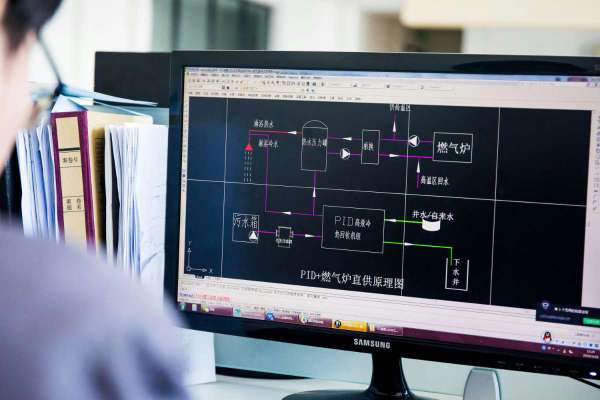The Impact of AI on Employment: Challenges and Opportunities
2 min read
12 Aug 2024
The integration of artificial intelligence (AI) into various industries has sparked discussions about its impact on employment. While AI technologies have the potential to automate repetitive tasks and streamline processes, they also pose challenges and opportunities for the workforce.
Challenges: One of the primary concerns surrounding AI adoption is the potential displacement of jobs. AI-driven automation could lead to the elimination of certain roles, particularly those involving routine and predictable tasks. This displacement may result in job loss for workers in affected industries, leading to economic uncertainty and social disruption.
Furthermore, there is a risk of exacerbating existing inequalities in the labor market. Workers with lower levels of education or skills may face greater challenges in adapting to technological changes and transitioning to new roles. This could widen the gap between skilled and unskilled workers, leading to increased inequality and socioeconomic disparities.

Opportunities: Despite these challenges, AI also presents significant opportunities for employment growth and skill development. As AI automates routine tasks, it frees up human workers to focus on higher-value activities that require creativity, problem-solving, and emotional intelligence. This shift could lead to the creation of new job roles and industries, such as AI specialists, data scientists, and digital ethicists.
Moreover, AI technologies have the potential to enhance productivity and innovation across various sectors, leading to overall economic growth and job creation. By leveraging AI tools and platforms, businesses can improve efficiency, develop innovative products and services, and gain a competitive edge in the global marketplace. This could stimulate demand for skilled workers with expertise in AI and related fields.
Addressing the Impact: To mitigate the negative impact of AI on employment and maximize its benefits, proactive measures are necessary. Governments, businesses, and educational institutions must collaborate to develop policies and programs that support workforce reskilling and upskilling. This includes investing in education and training initiatives that equip workers with the skills needed to thrive in the digital economy.
Additionally, efforts should be made to ensure that AI adoption is accompanied by ethical considerations and human-centered principles. This includes promoting transparency, accountability, and fairness in AI decision-making processes to minimize biases and mitigate unintended consequences. Furthermore, mechanisms for retraining and redeployment should be established to assist workers affected by AI-driven automation.
Conclusion: The impact of AI on employment is multifaceted, presenting both challenges and opportunities for the workforce. While AI-driven automation may lead to job displacement in certain industries, it also has the potential to create new job roles and industries, stimulate economic growth, and enhance productivity and innovation. To harness the full potential of AI while mitigating its negative impact, collaborative efforts are needed to invest in workforce development, promote ethical AI practices, and ensure a smooth transition to the digital economy.
More Articles

Consensus Mechanisms in Blockchain: A Comparative Analysis
2 min read | 03 Aug 2024

Understanding Distributed Ledger Technology: Beyond Blockchain
4 min read | 02 Aug 2024

Exploring Smart Contracts: Applications and Future Trends
2 min read | 01 Aug 2024

Decentralization in Blockchain: Redefining Trust in Digital Transactions
2 min read | 31 Jul 2024
More Articles

Why Data Fabric is the Future of Data Management
6 min read | 02 Aug 2024

The Secret to Effective Data Governance Revealed!
6 min read | 01 Aug 2024

Unlock the Power of Business Intelligence (BI) – The Ultimate Guide
7 min read | 31 Jul 2024

Data Lakes vs. Data Warehouses: Which One Do You Really Need?
5 min read | 30 Jul 2024
